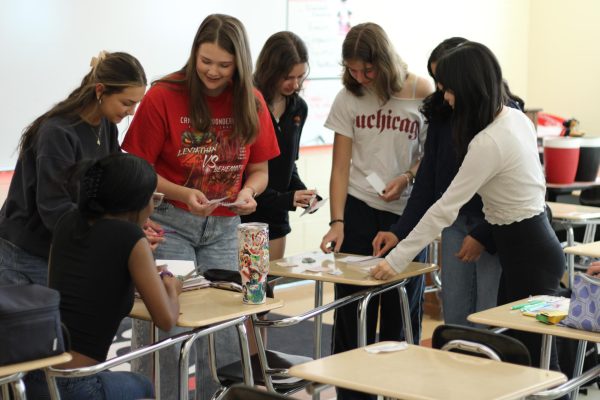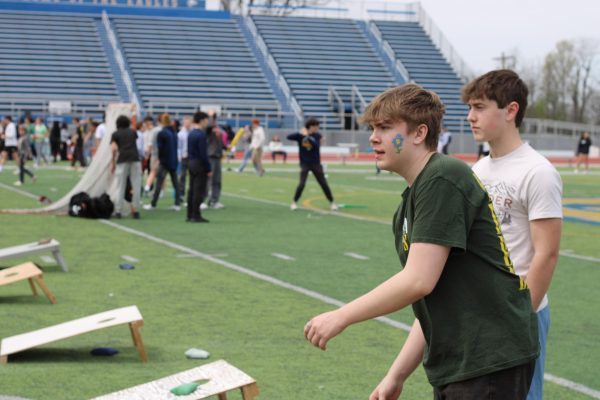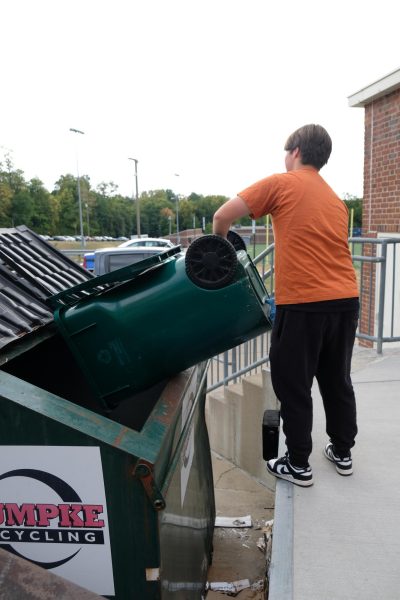Did you know?
5 Black history moments that you don’t learn about in school
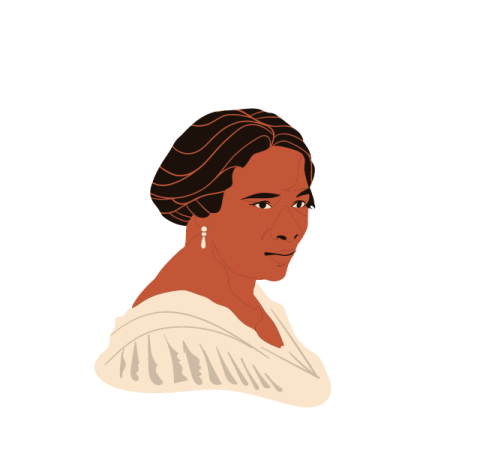
Madame C.J. Walker (1867-1919)
Madame C.J. Walker was an entrepreneur who became the first black woman in America to become a millionaire through her creation of haircare items. She used her own experience with hairloss to create a line of products to help other black women.
Black Wall Street + Tulsa race massacre (1921)
Black Wall Street, in Oklahoma’s Greenwood district, was home to an abundance of Black economic success; it was known nationally for its prosperous African American community. Until May 31, 1921, when a racist mob took over the streets and decimated the community. Businesses, homes, churches, and schools were all burnt down. Historians have estimated that the death toll may have been as high as 300, with around 10,000 people being left homeless.
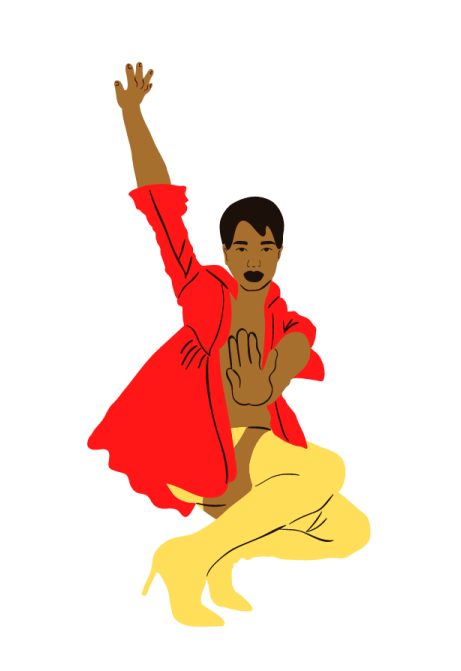
Queer ballroom scene + voguing (1960s – present)
Harlem ballroom culture arose from the queer black community in the 1960s. These drag balls consisted of pageant style contests and voguing dance battles between houses. Voguing gained mainstream recognition after being featured in both Madonna’s “Vogue” music video and the documentary “Paris is Burning” in 1990.
African American Vernacular English
AAVE, African American Vernacular English, is an English dialect that originates from parts of British English dialects and West African varieties. The dialect is intertwined with African American history and culture. It has been the topic of much public debate and controversy; internet culture has promoted non black people appropriating AAVE as “internet slang.”
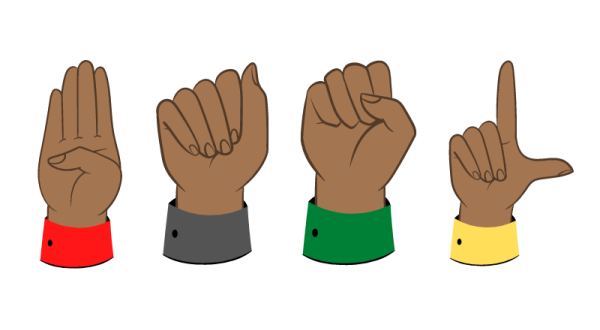
Black American Sign Language (BASL)
Individuals of the Black Deaf community were often excluded from both the Deaf and African-American communities. As a result of segregation and the language barrier, Black deaf students went to schools specifically for black deaf people. Due to the lack of socialization with other deaf communities Black deaf people developed their own way of signing. Much like AAVE, Black ASL is a dialect of American Sign Language.
Your donation will support the student journalists of Walnut Hills High School. Your contribution will allow us to purchase equipment, cover our annual website hosting, printing costs and offset competition and conferences fees for students.



